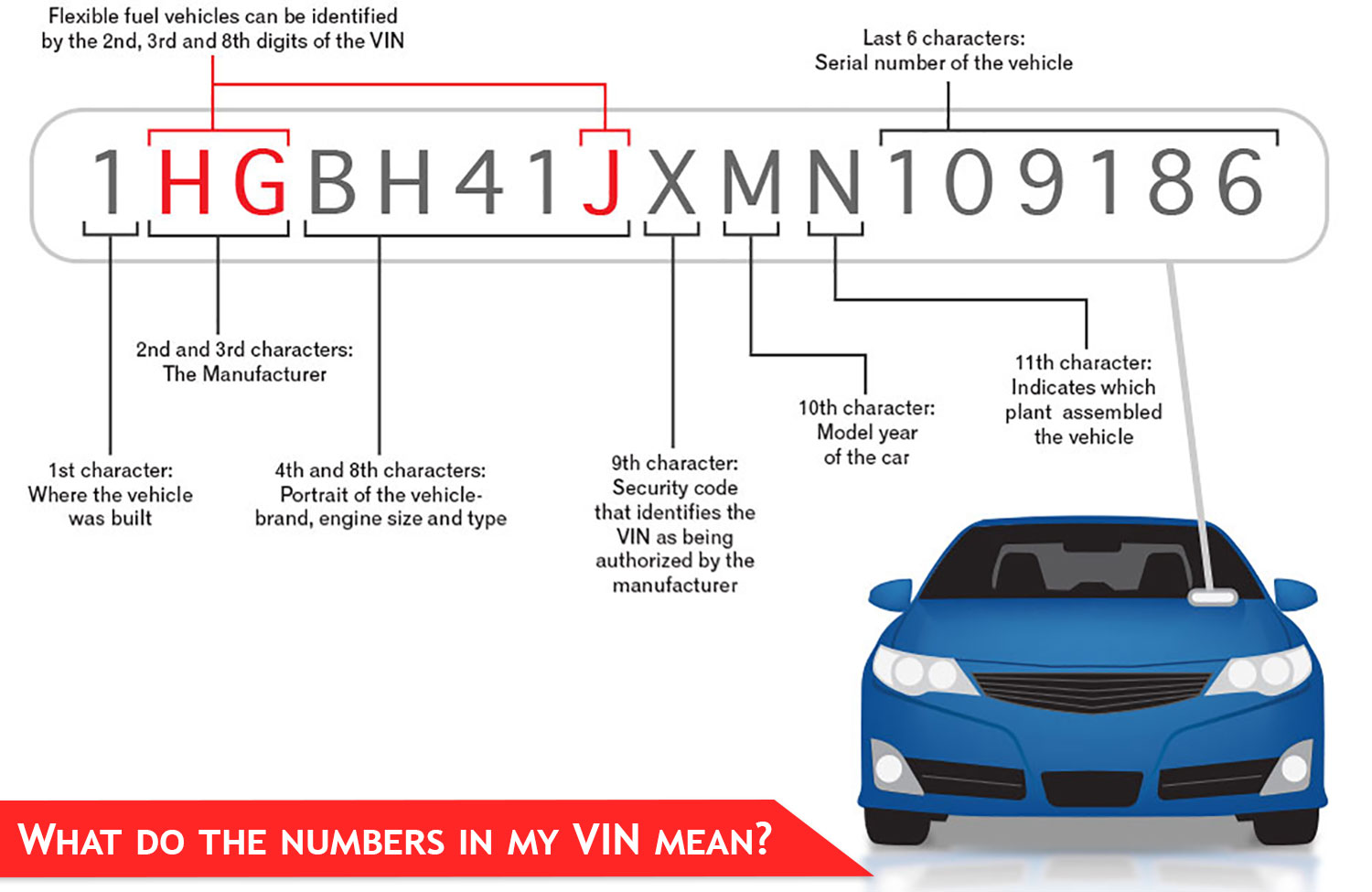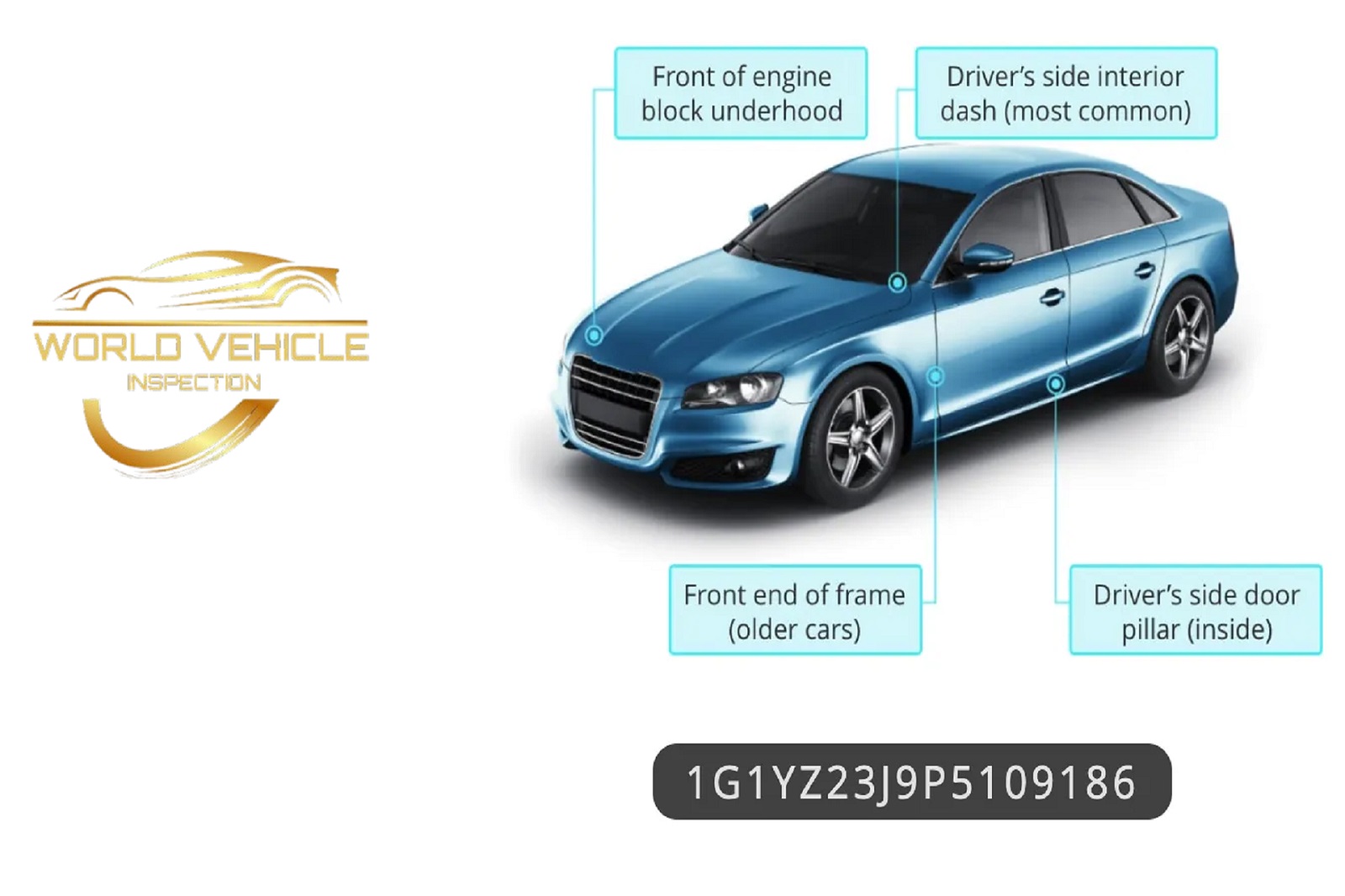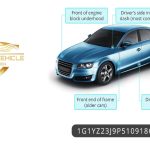
How to Decode Your Car’s VIN Number: A Step-by-Step Guide
Your car’s VIN (Vehicle Identification Number) is a unique 17-character code that contains vital information about your vehicle. Whether you’re curious about the specifications of your car, buying a used vehicle, or just want to understand your car better, decoding your VIN is an essential skill. In this guide, we’ll walk you through how to decode the VIN step by step, so you can easily interpret the information it provides.
What is a VIN Number?
Before we dive into decoding, let’s first understand what a VIN is. The VIN is a unique identifier assigned to every motor vehicle when it’s manufactured. This 17-character code contains specific information about the car’s make, model, engine type, country of manufacture, and more. It’s like a fingerprint for your car, and no two cars have the same VIN.
Why is It Important to Decode a VIN Number?
Decoding your vehicle’s VIN can provide valuable insights into the car’s history and specifications. By checking the VIN, you can:
- Verify the car’s make, model, and year.
- Check the vehicle’s manufacturing location.
- Detect potential issues or recalls.
- Assess the car’s authenticity.
- Check for any title discrepancies or accidents in a VIN report.
Step-by-Step Breakdown of a VIN
A VIN consists of 17 characters—letters and numbers—that are grouped into three sections, each providing different information. Here’s how to decode each part:
1. The First Section: Characters 1-3 (World Manufacturer Identifier)
The first three characters of the VIN indicate the vehicle’s manufacturer and where it was made. These three characters are split into two parts:
1st Character: The first character represents the country or region where the vehicle was manufactured. For example:
1, 4, 5: United States
2: Canada
J: Japan
W: Germany
2nd & 3rd Characters: These characters represent the manufacturer or the brand of the car. For example:
GM: General Motors (Chevrolet, GMC, Cadillac, etc.)
TO: Toyota
HO: Honda
So, if the VIN starts with 1G1, you know it’s a General Motors vehicle manufactured in the United States.
2. The Second Section: Characters 4-8 (Vehicle Descriptor Section)
Characters 4 through 8 provide more detailed information about the car, such as the model, body style, engine type, and more. This section varies by manufacturer, but in general, it includes:
4th Character: This represents the vehicle’s model or body type (e.g., sedan, SUV, truck).
5th Character: This often denotes the car’s engine type or series.
6th & 7th Characters: These characters often provide additional information about the vehicle’s trim or special features.
8th Character: This generally identifies the type of engine in the vehicle.
For example, if characters 4-8 read as G1C in a Chevrolet VIN, you might know it’s a 2-door coupe with a specific engine type.
3. The Third Section: Characters 9-10 (Check Digit & Model Year)
9th Character: This is a check digit, used for verifying that the VIN is authentic. It’s calculated using a special formula based on the other characters.
10th Character: The 10th character is used to identify the model year of the vehicle. For example:
A: 1980
B: 1981
C: 1982
L: 2020
M: 2021
This character helps you determine the vehicle’s production year, which is important when buying a used car to know its age.
4. The Fourth Section: Characters 11 (Assembly Plant)
The 11th character indicates where the car was assembled. Manufacturers use this code to track which plant produced the vehicle. For example, a “B” might indicate that the vehicle was assembled in a factory located in Michigan, while a “H” might indicate a plant in Ohio.
5. The Fifth Section: Characters 12-17 (Vehicle’s Unique Serial Number)
Finally, the last six characters (12-17) are the vehicle’s unique serial number. These numbers are assigned to each car and are specific to the individual vehicle. This number allows the manufacturer and regulatory agencies to track the car’s production and registration.
This section is unique to each vehicle, making it crucial for tracking specific details like accident reports, ownership history, and other vital information.
How to Use Your VIN Number
Now that you know how to decode your VIN, you can use the information in several ways:
Verify the Vehicle’s Authenticity: A VIN allows you to verify that the car you’re looking at is exactly what the seller claims it to be. If you notice any discrepancies in the VIN (such as a mismatch between the registration and the car), it could be a red flag.
Check Vehicle History: Run a VIN report to check if the car has been in accidents, had title issues, or experienced other major events.
Order Spare Parts: Knowing your car’s exact specifications from the VIN can help you order the right parts for maintenance or upgrades.
Recall Information: A VIN report will also show if the car has any open recalls, which is important for your safety.
Where to Find Your Car’s VIN
You can usually find the VIN in several places on your vehicle:
On the dashboard: Look through the windshield on the driver’s side. The VIN is often located near the corner of the dashboard, visible through the windshield.
On the driver’s side door frame: Open the door and look at the doorjamb. The VIN is typically located on a sticker or metal plate near the area where the door latches.
Under the hood: On some vehicles, the VIN may also be found near the engine compartment or under the hood, near the firewall.
Conclusion
Understanding how to decode your car’s VIN number is a powerful skill for any car buyer, seller, or enthusiast. It allows you to verify your vehicle’s history, authenticity, and specifications, giving you peace of mind whether you’re purchasing a car or simply doing some research. By breaking down the VIN step by step, you can access essential information that helps you make more informed decisions when it comes to your car.
If you want to learn more or run a detailed VIN report on a vehicle, visit our site today!
This detailed guide will educate readers on how to decode their car’s VIN, how to use the decoded information, and where to find the VIN. It’ll not only help users understand their vehicles better but also encourage them to use VIN reports to make smarter decisions when buying, selling, or maintaining cars.








